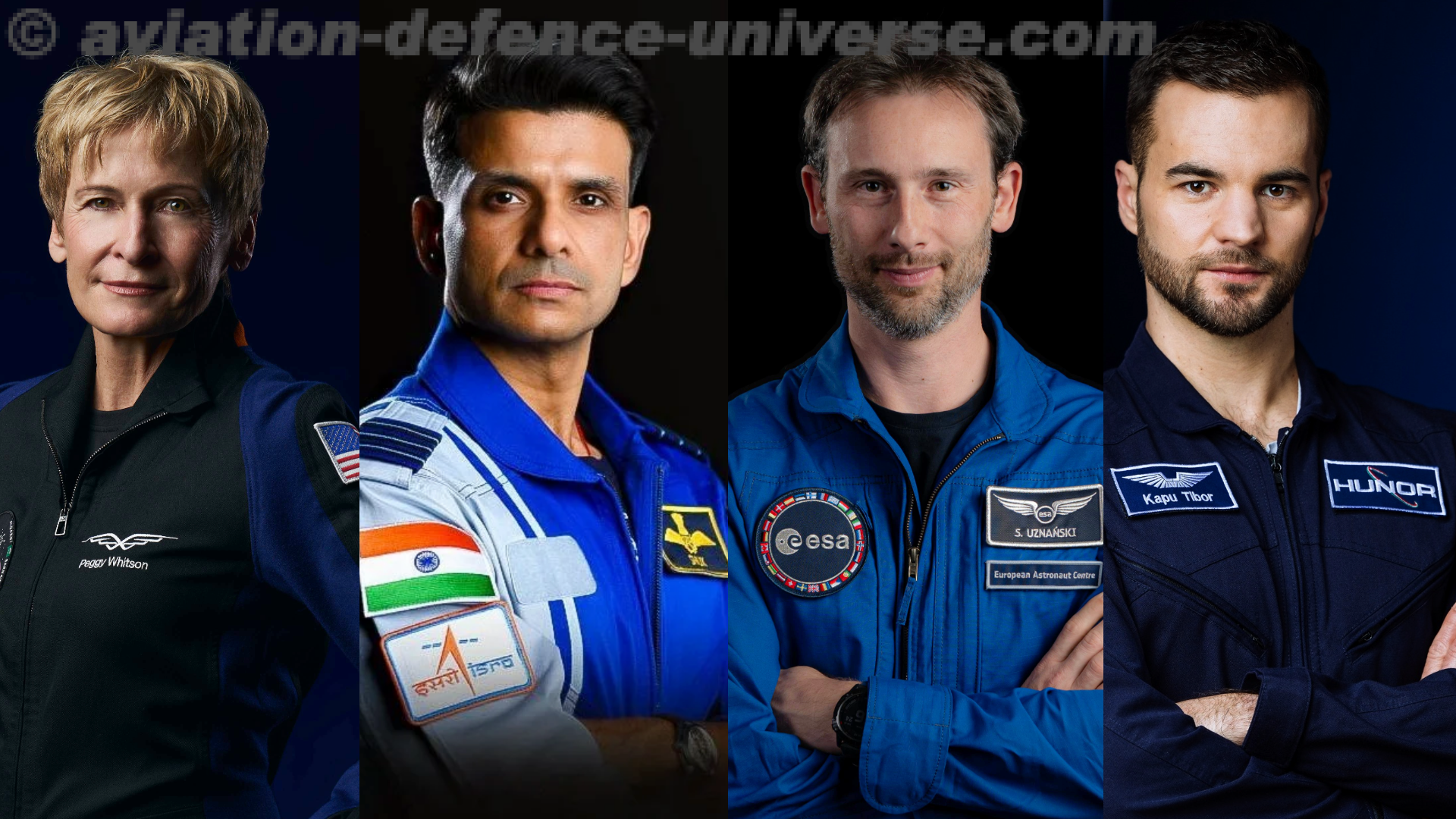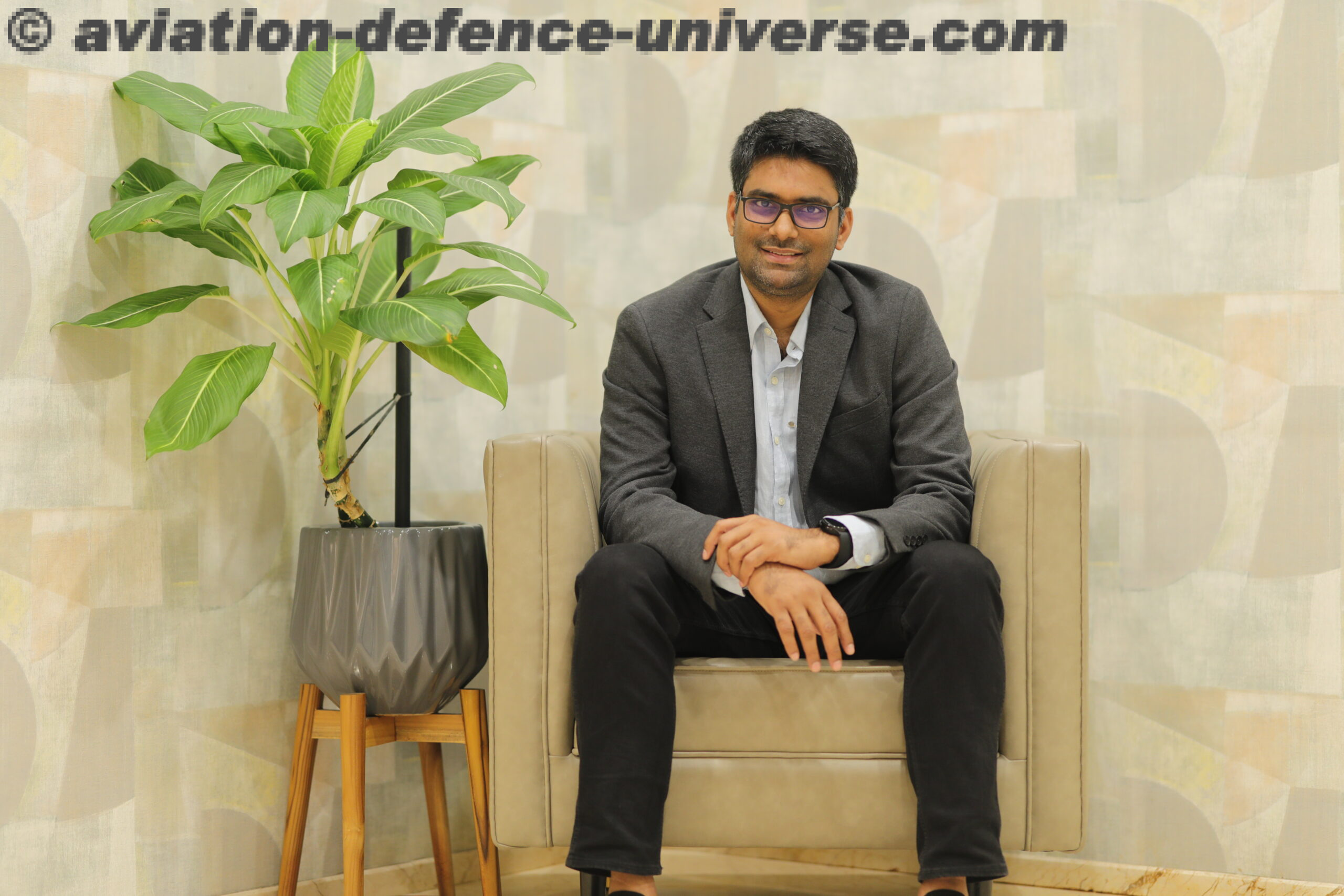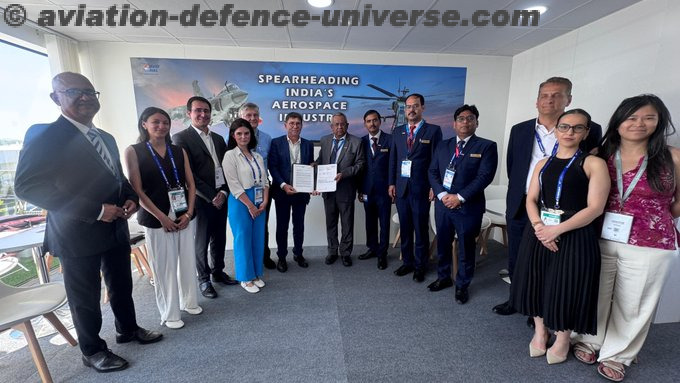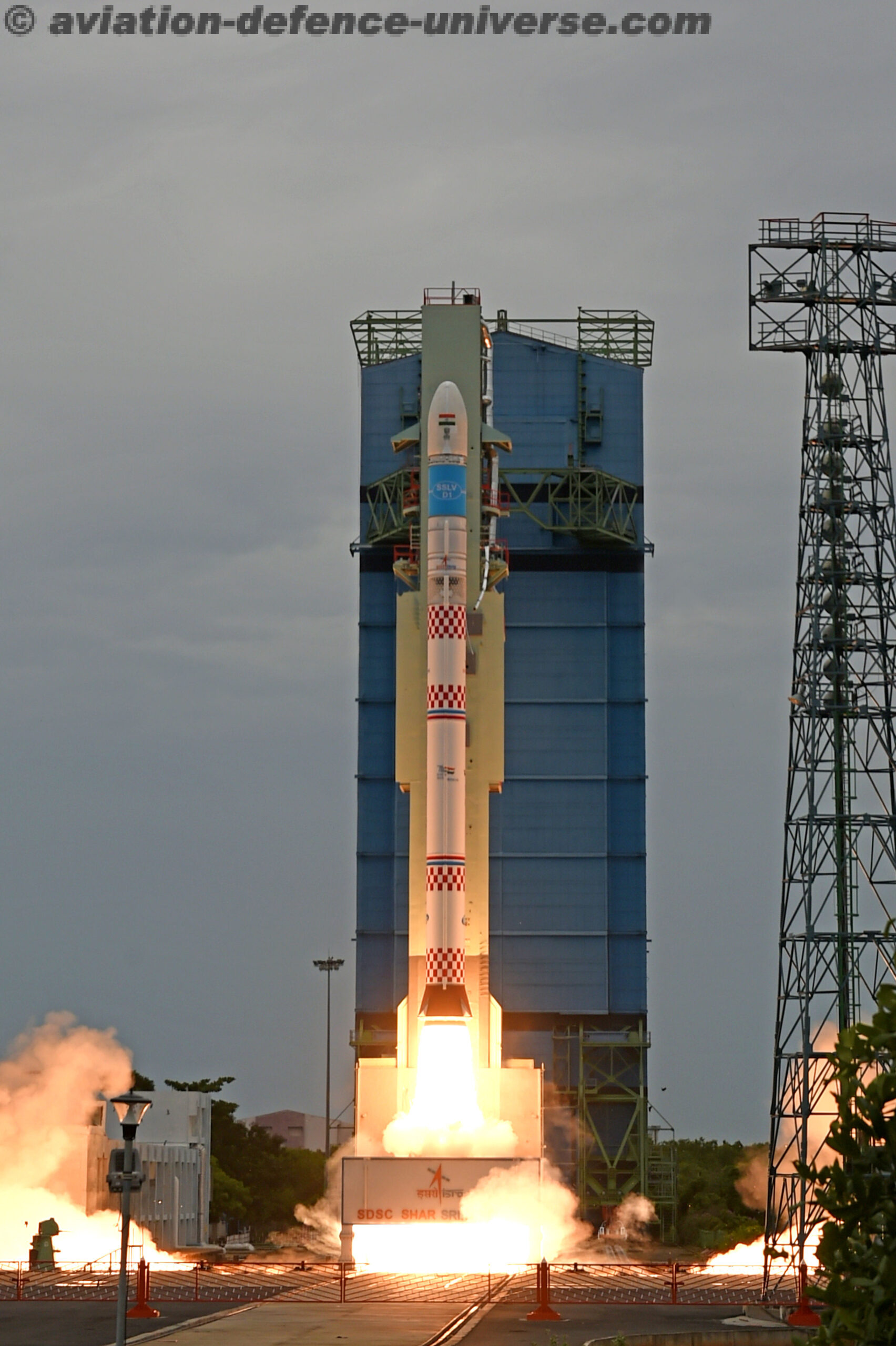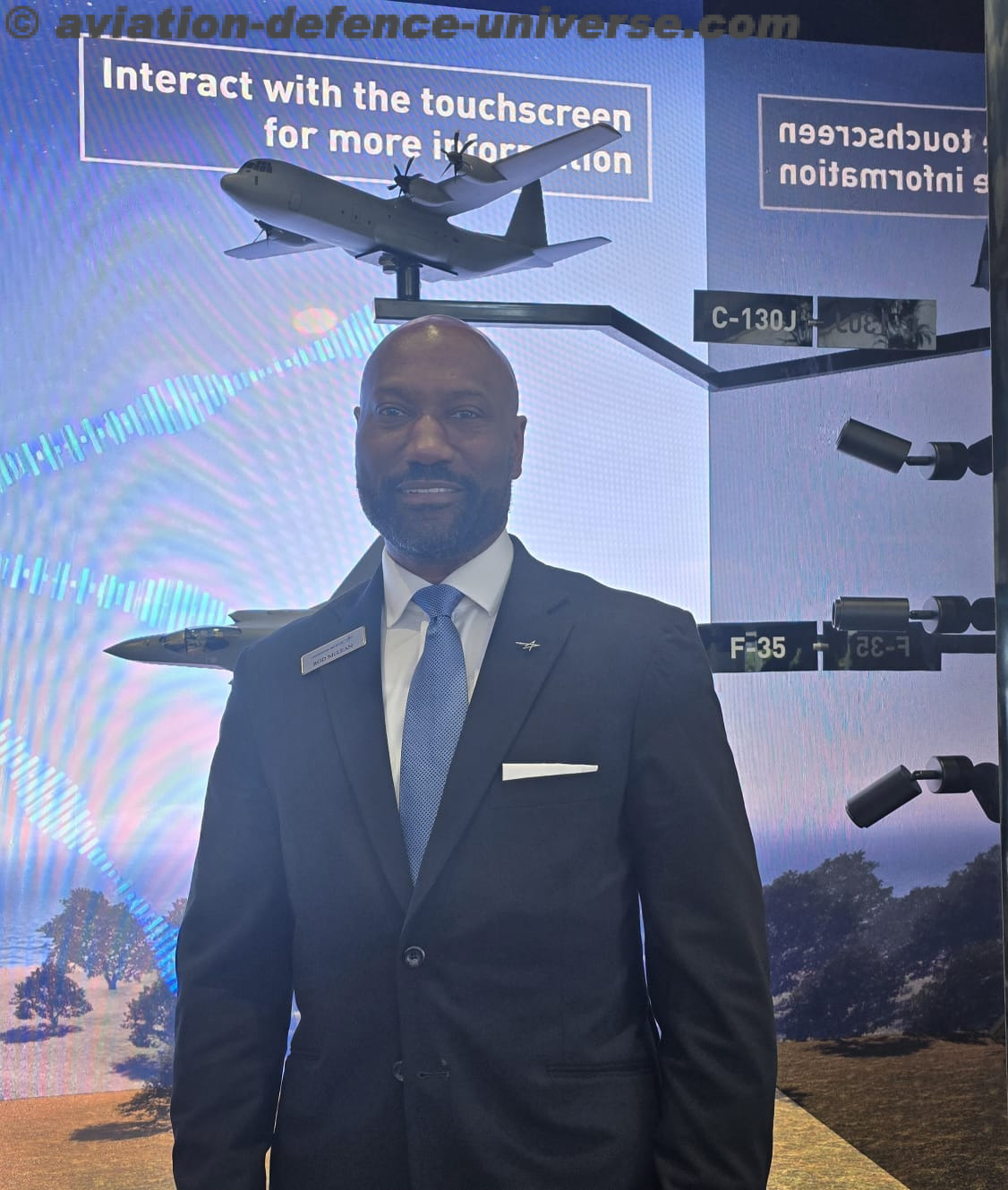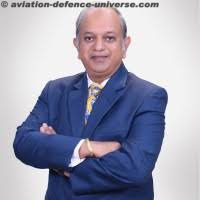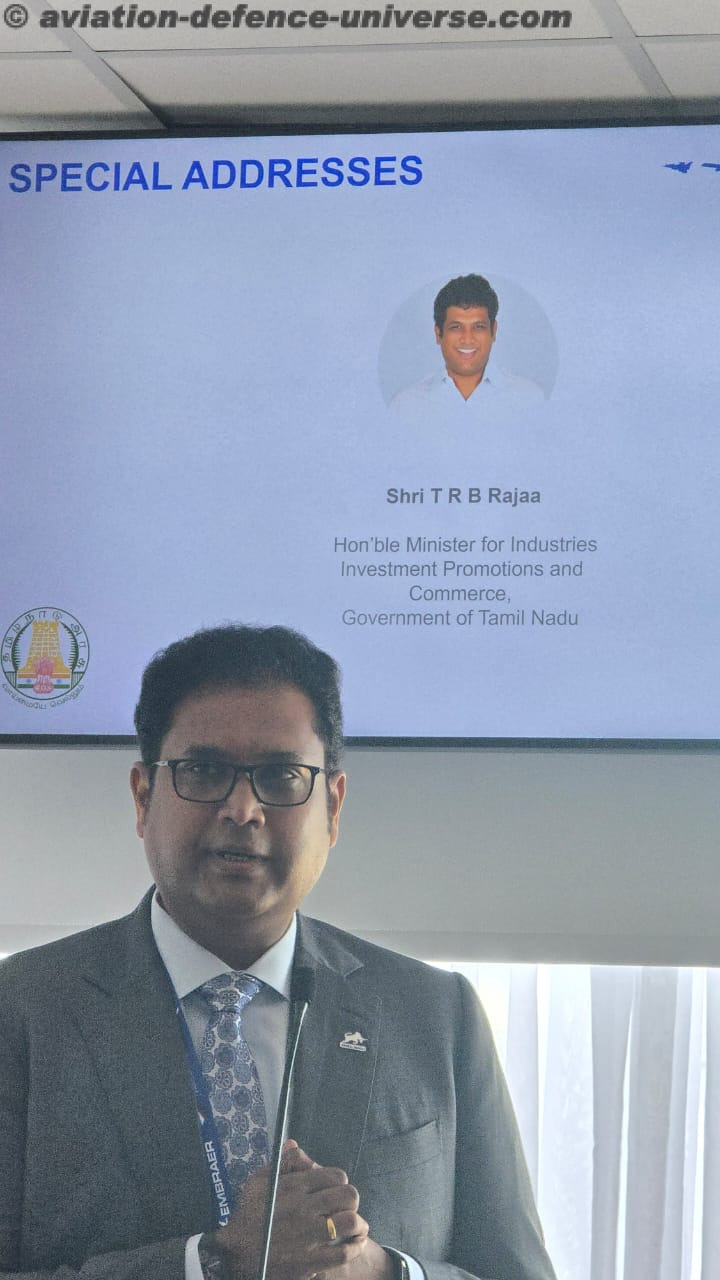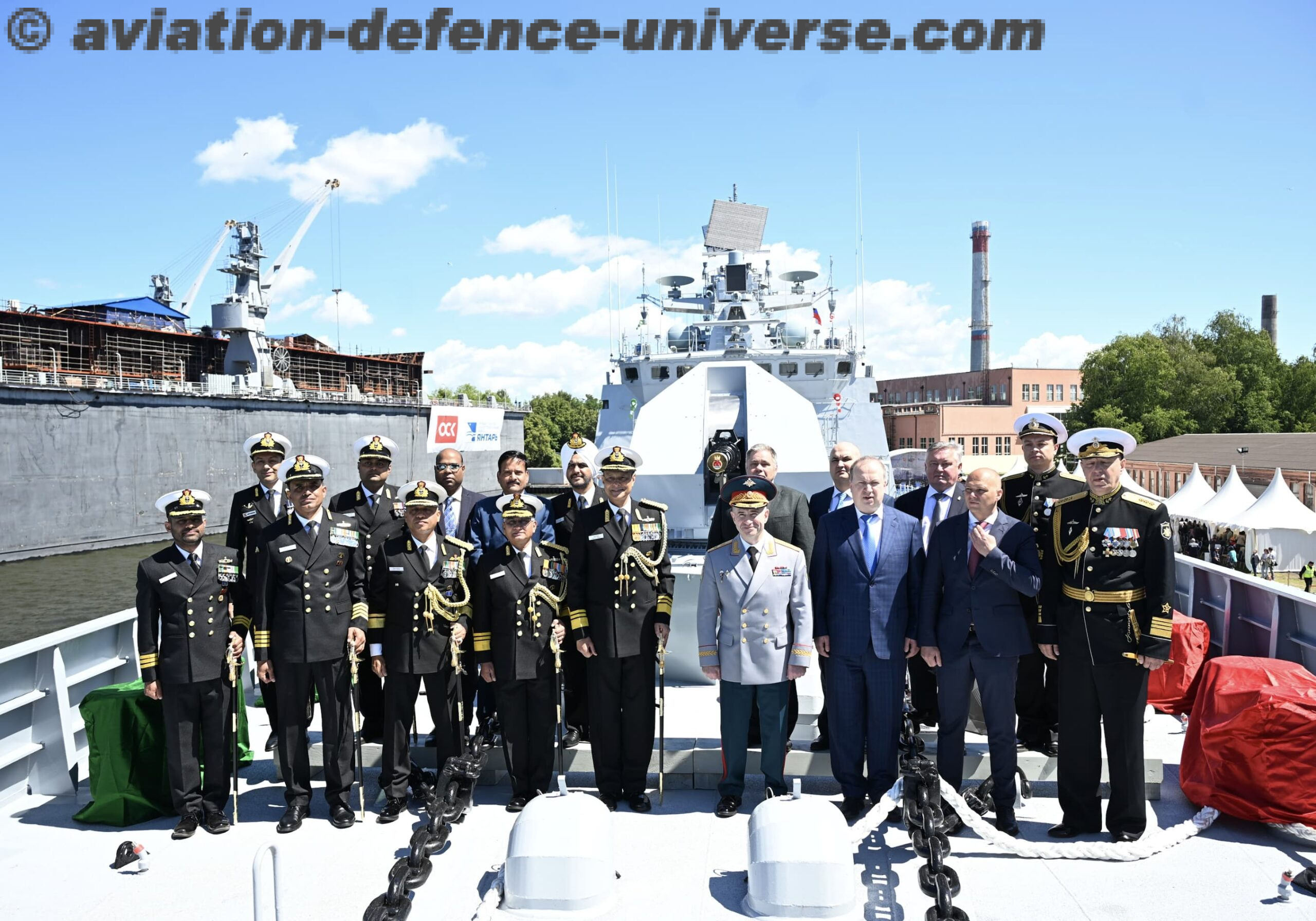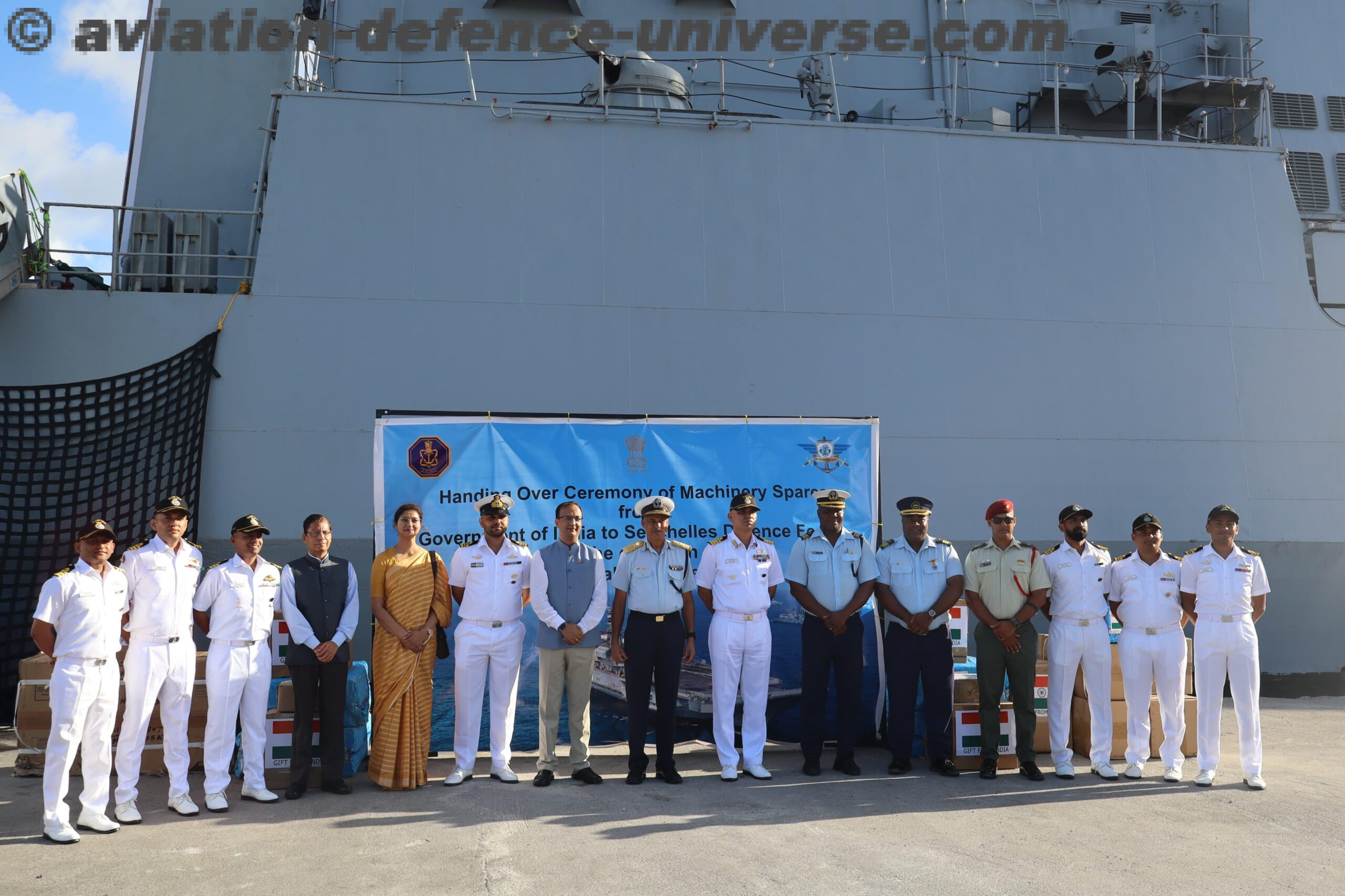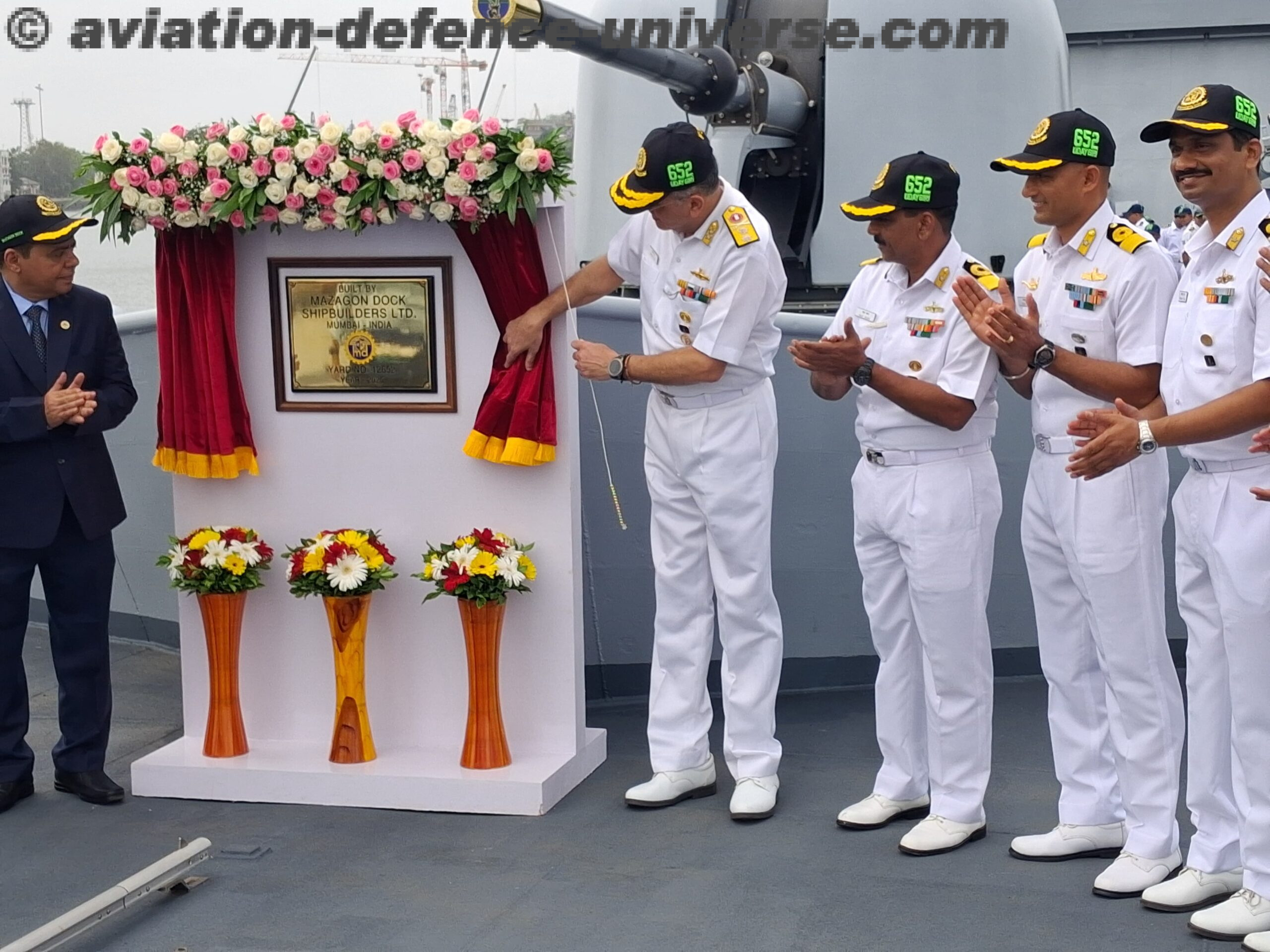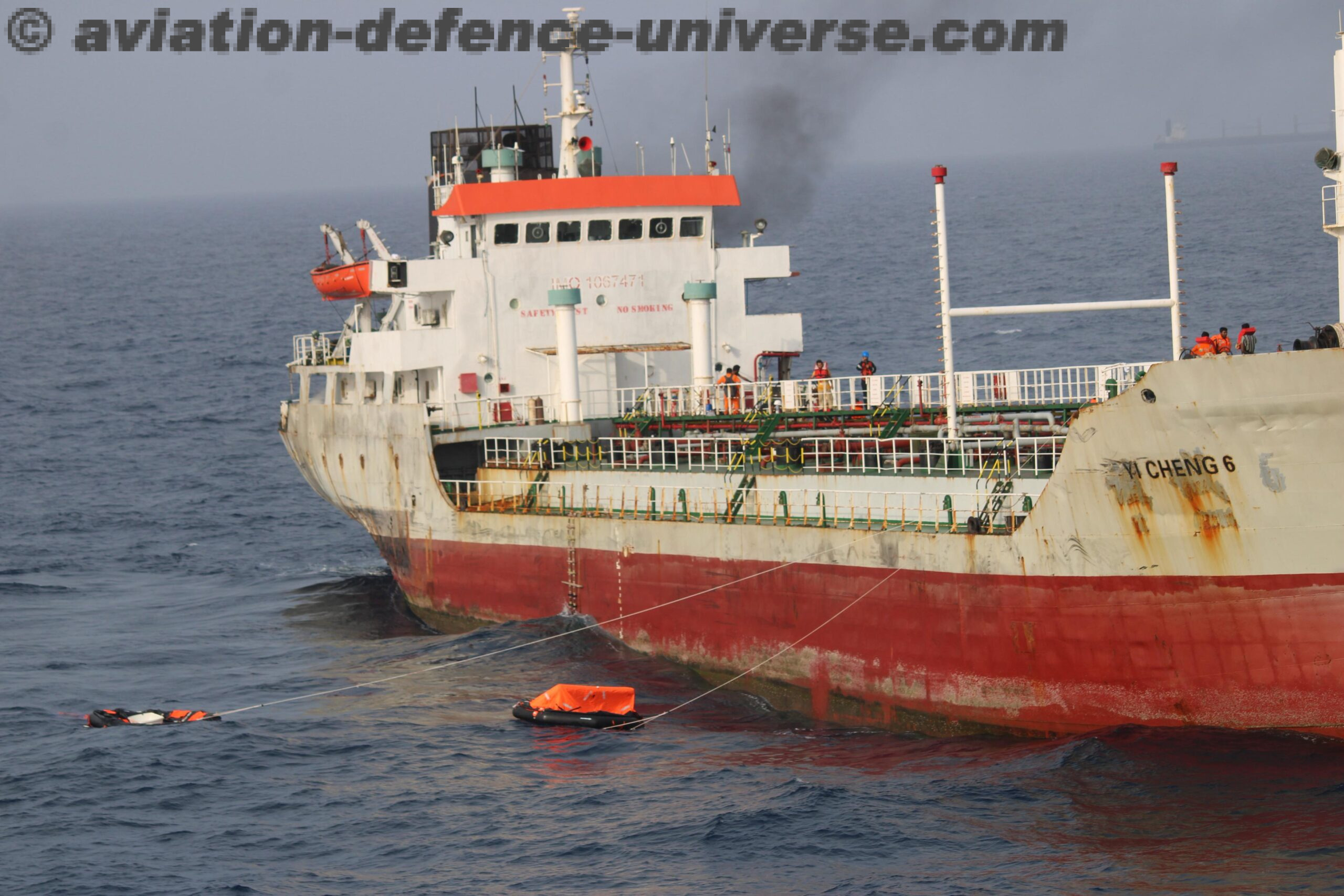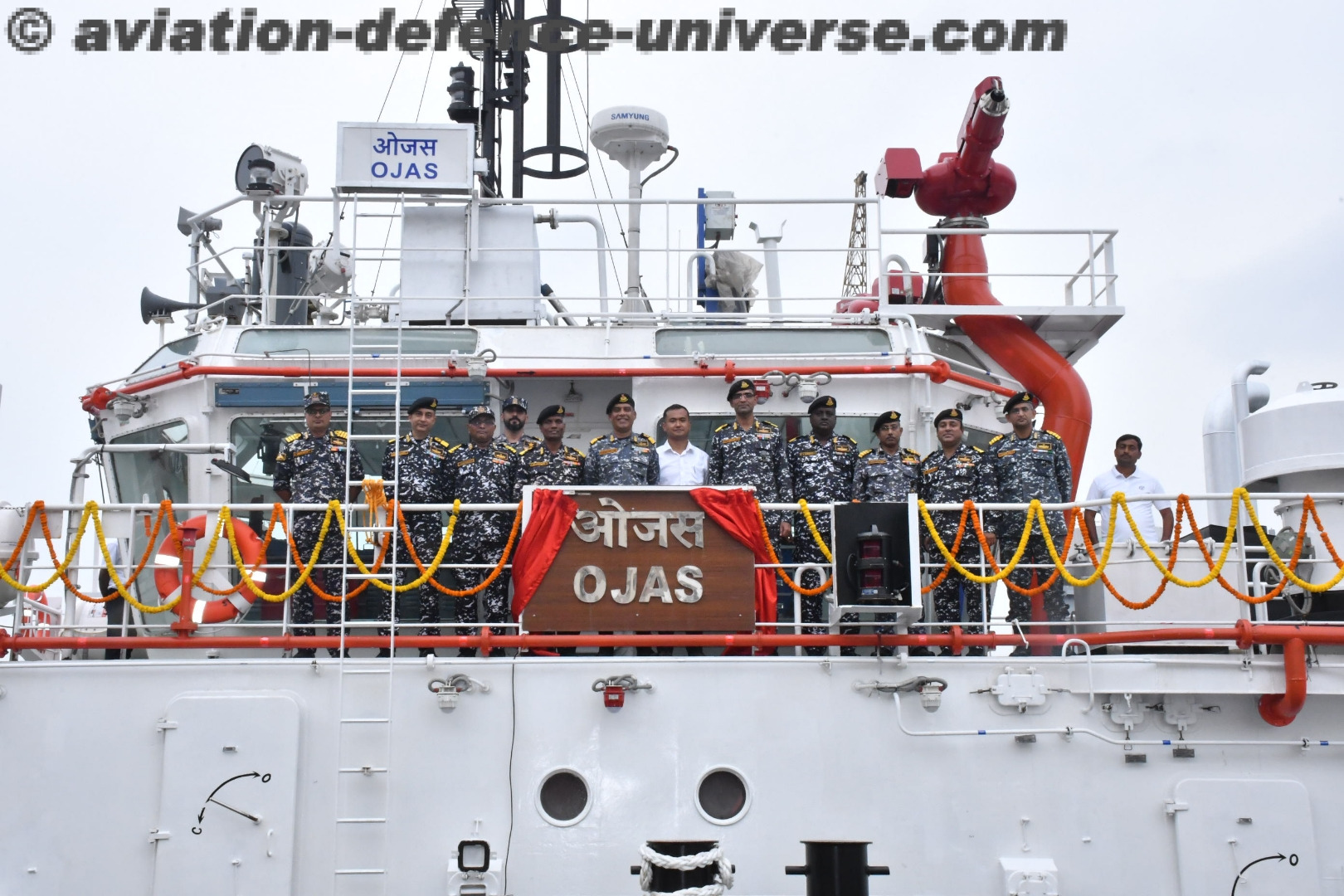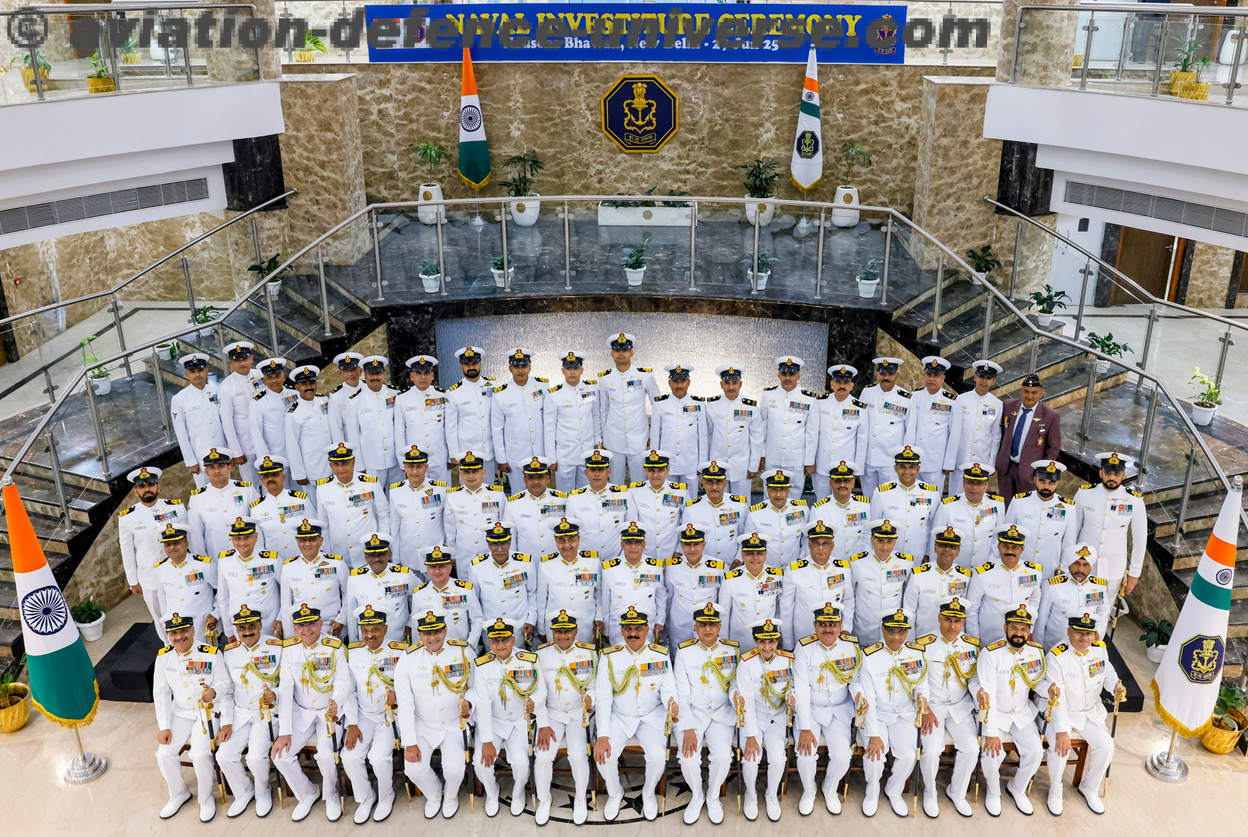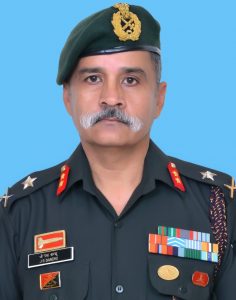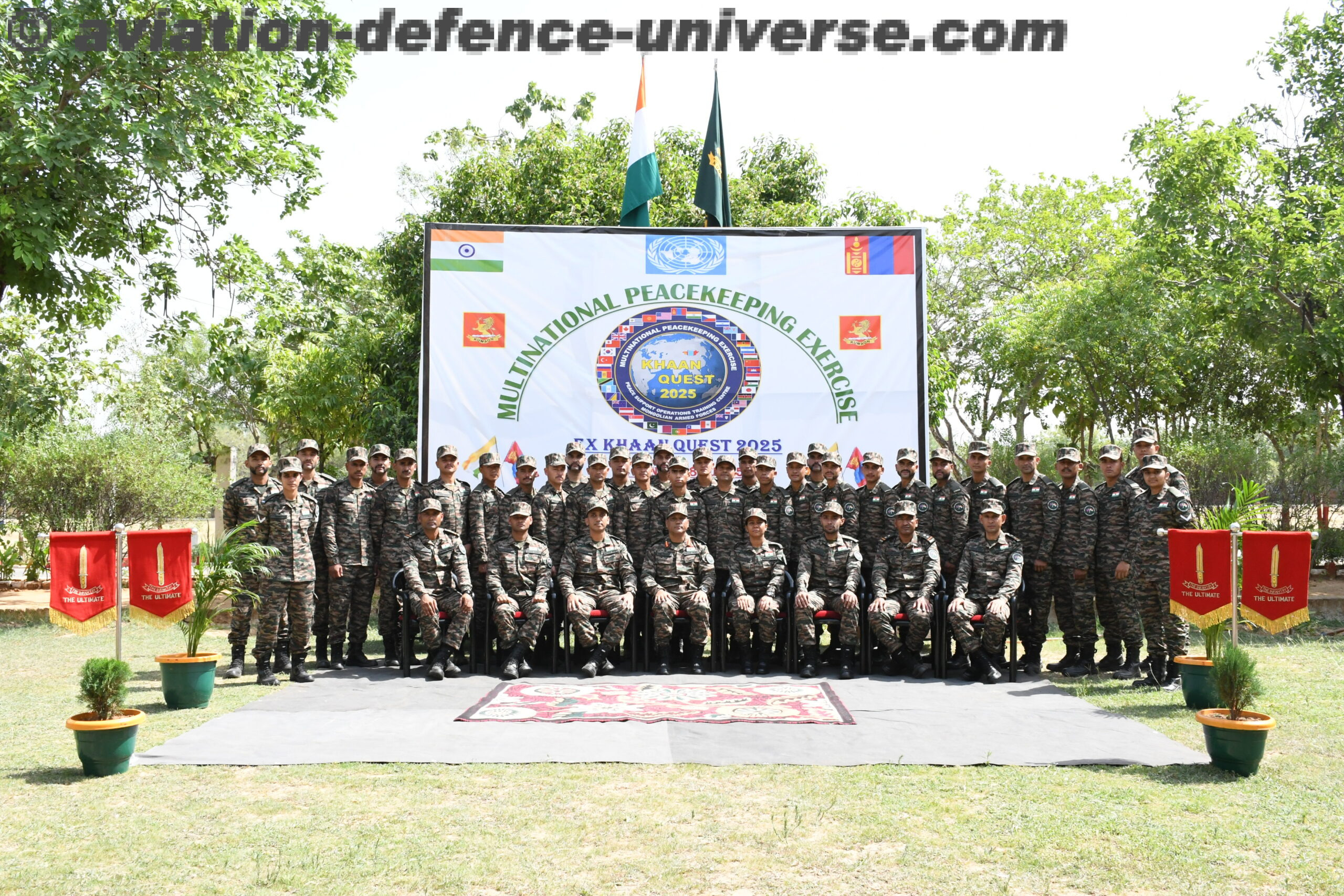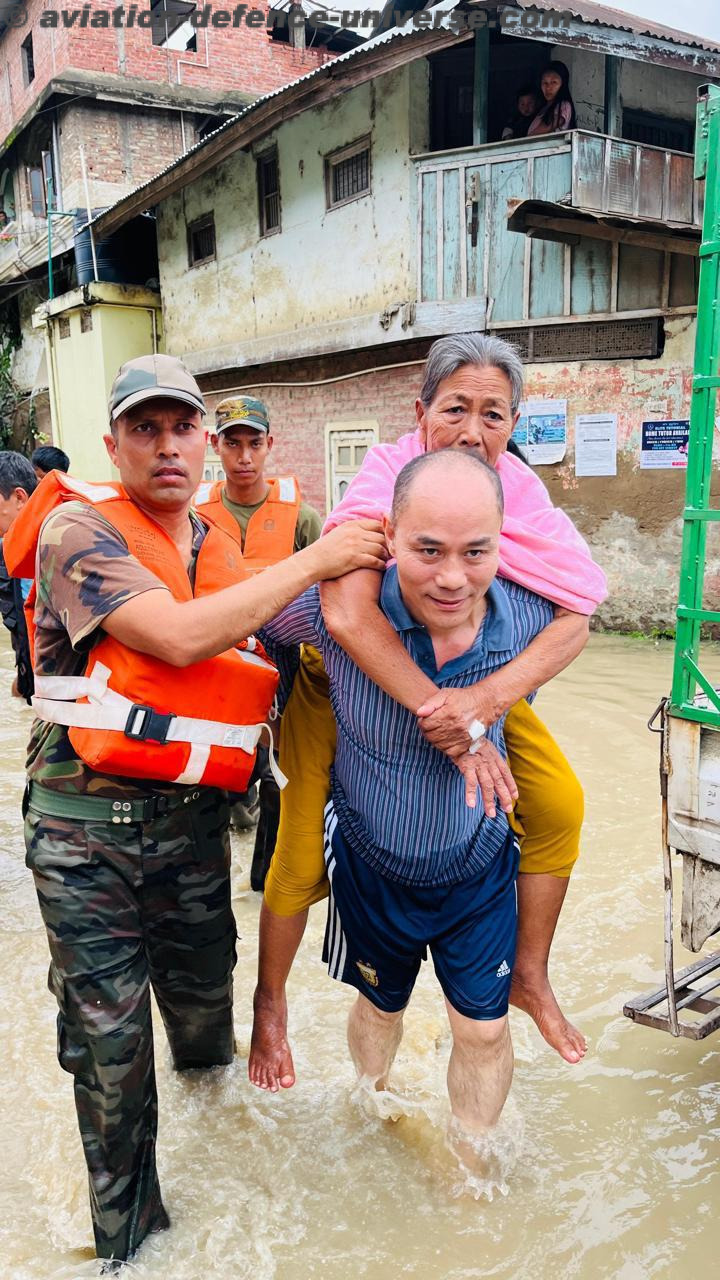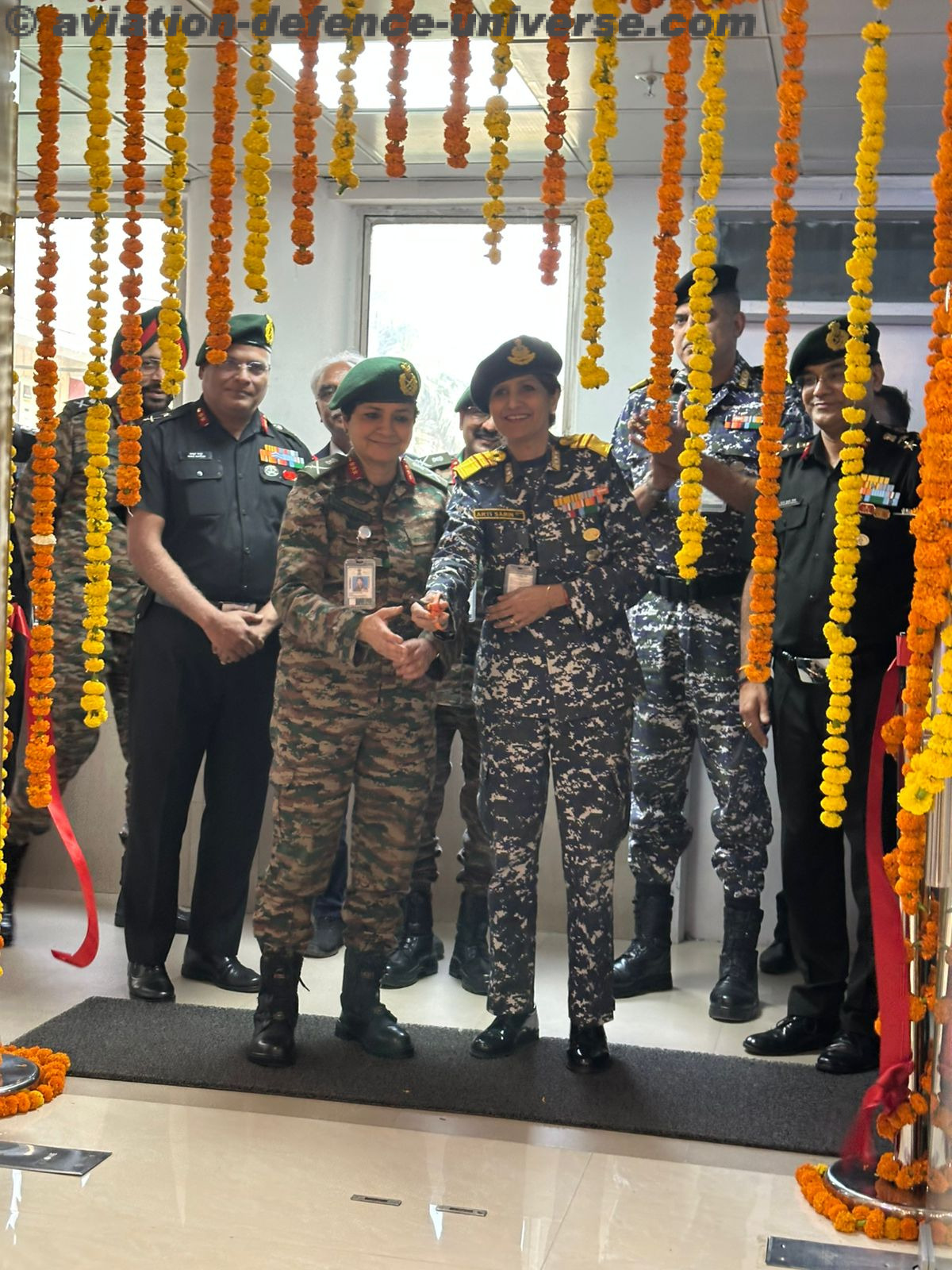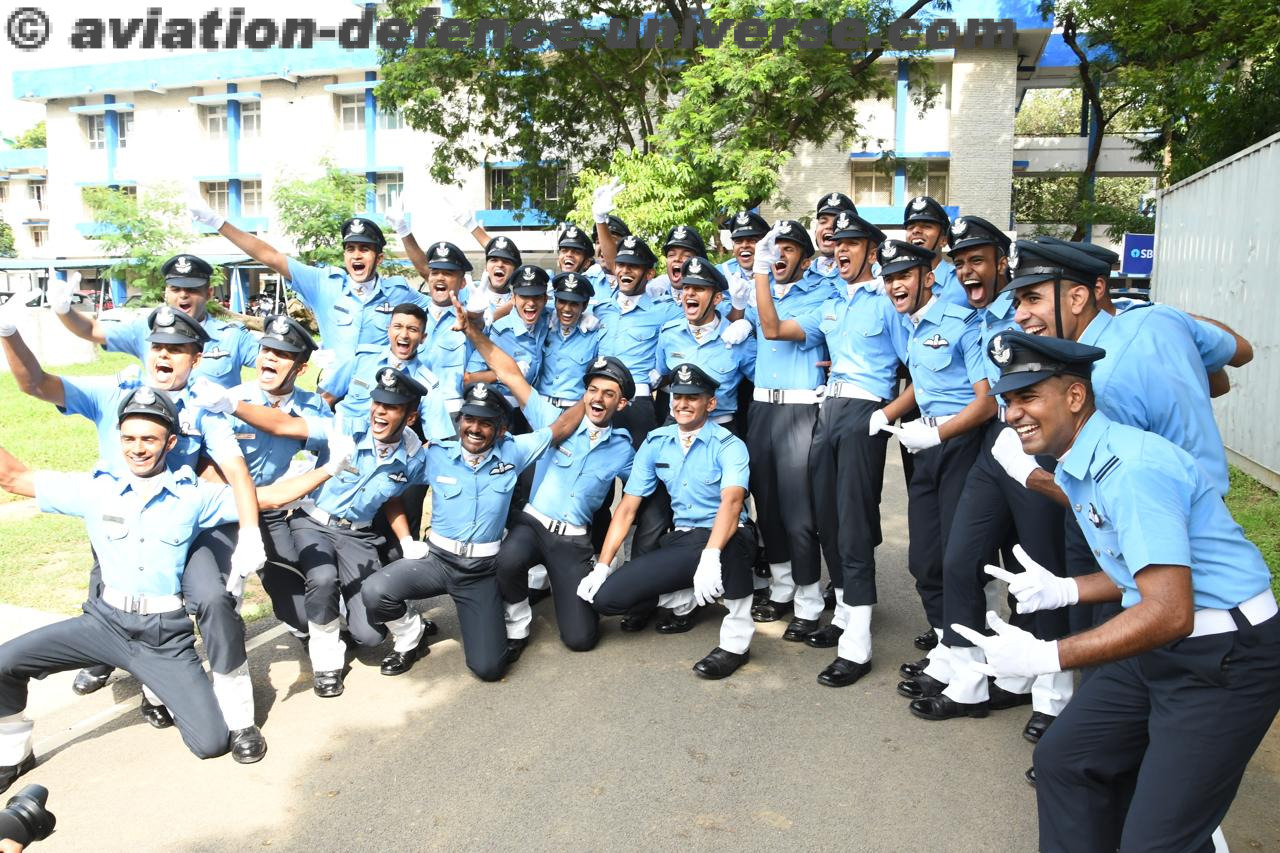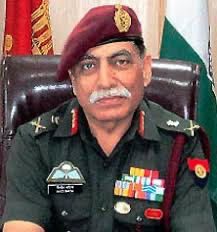
By Lieutenant General Vinod Bhatia PVSM, AVSM, SM, (Retd.)
New Delhi. 26 October 2020. The nearly 400,000 strong Indian Infantry prepares to celebrate ‘Infantry day 2020’ on 27 October amid an effective and resolute response to the Chinese along the Line of Actual Control (LAC) as also the COVID19 restrictions. The Indian infantry comprising of 28 world famous regiments is by far one of the most battle hardened and combat rich force in the world, constantly and continuously in a state of war albeit ‘No War No Peace’ (NWNP) or more apt now, ‘Near war No peace’, given the China threat along the LAC in the High Himalayas, a live Line of Control (LoC), small wars or low intensity conflicts in Jammu and Kashmir and the North East.
The Indian soldier is by far one of the best in the world, a thorough professional, committed, dedicated, always effective without fail, despite a lack of complete wherewithal, costing the minimum and delivering the maximum. The key inquiry by many is what drives these soldiers to accomplish the near impossible, what motivates them to succeed at all costs often risking their lives.
I was the Director General Infantry (DG Infantry) in 2012, I was informed that a visiting chief of the army of a friendly foreign country had sought a one on one meeting with the DG Infantry. It is not normal for visiting Chiefs and dignitaries to meet DGs. When asked about the agenda, I was told that it was just a call on. During the short scheduled meeting the visiting Chief came straight to the point, asking as to what motivates the Indian soldier in general and the infantry soldier in particular?
Well we in the army take this all important intangible battle winning factor as granted, more like the sun rises in the East, a given. Fortunately for me during the Kargil war I was posted at the Infantry directorate as Director Para SF, and the then DG infantry Lt Gen Shankar Prasad, tasked me to visit Infantry units and study the performance parameters and strengths and weaknesses of Infantry, this too in July 99 before the war ended and perceptions changed.
It was fortunate that I could draw on that study. I did my best , speaking about our regimental system, our region and cast based units and regiments and their glorious traditions, the recruiting patterns, generations of families serving the same regiment/ units, the training, the bonding among soldiers and the all important driver ‘ NAM NAMAK NISHAN’ . Well he did overshoot the time getting late for the next event, but the curiosity about our regimental systems and the combat effectiveness of the army by a Chief of another army, got me thinking for a second time about what else drives our soldiers.
One of the primary factors is a sense of belonging derived from the belief of ownership and pride in one’s unit, a firm conviction in being among the best, and never ever letting down your buddy, comrades, your company, battalion and the regiment. The unit is the epitome of family, the values and beliefs, any and all soldiers will live and die for the family, respect of the peers and subordinates drives the soldiers to perform and deliver, wherein success and glory for the unit is the only aspect that matters. There is always a sense of competition not only among units but within units, a need to constantly and continuously strive for excellence in all domains. The unit and the regiment are the primary drivers in this quest of excellence. When a soldier goes on leave he is often questioned on unit functioning and fighting abilities and advised by the veterans on ways of improving, who often regale the soldier with their own stories of unit life and izzat, with the aim of passing on the glorious regimental and army traditions.
Galwan yet again reinforced the strength and effectiveness of our regimental system. The commanding officer of the unit is not only a father figure, an undisputed leader but the custodian of the unit Izzat. The PLA made a big mistake in assaulting Colonel Santosh Babu, the anger and the repercussions unleashed by the troops of 16 Bihar will be long remembered and analysed by the PLA. The proverbial elephant went wild at seeing their commanding officer fall to the treachery of the Chinese. The PLA paid the price, though they fail to acknowledge this in the public domain.
It is near impossible to name the many glorious battles fought by the infantry from Saragarhi to Siachen, Hajipir to Hilli, Tiger Hill and Tololing, Rezangla and Banna Top. One only has to visit any infantry unit to get a feel of the many historical battles fought and won, as also the numerous sacrifices made by the unknown soldier. Suffice it to say that each of these is study in what drives the soldier to achieve the impossible. More often than not for these gallant men and leaders success was never a probability and failure not an option, yet time and again battling all odds they succeeded, for the sake of their Nishan ( Flag).
On the occasion of the 73rd Infantry Day, lets all join in paying our tribute to the Infantry man, who stands firm safeguarding our frontiers against all odds. CREED OF THE INFANTRYMAN by Lt Gen Mukesh Sabharwal, Retd from the Rajput Regiment truly captures the spirit and being of the Infantryman.
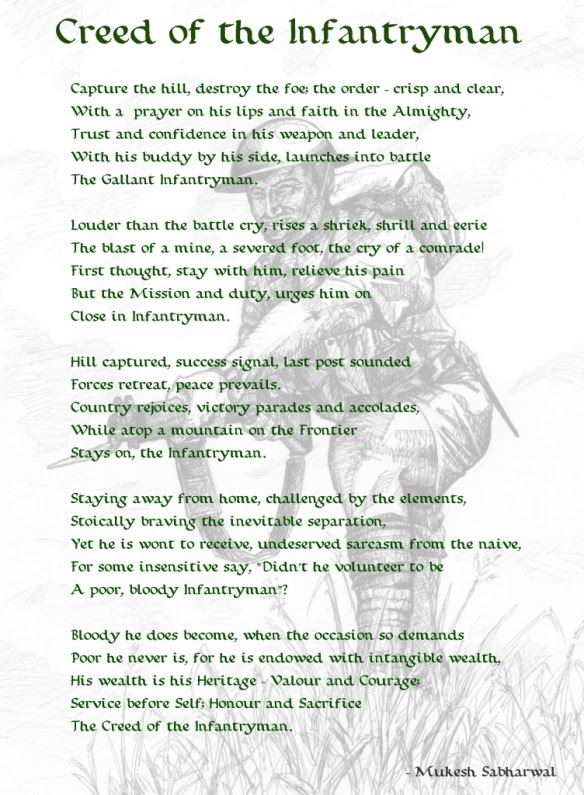
(Lt. Gen Vinod Bhatia PVSM, AVSM, SM, (Retd.) is Director CENJOWS and former Director General of Military Operations(DGMO) Indian Army. The views in the article are solely the author’s. He can be contacted at editor.adu@gmail.com)











